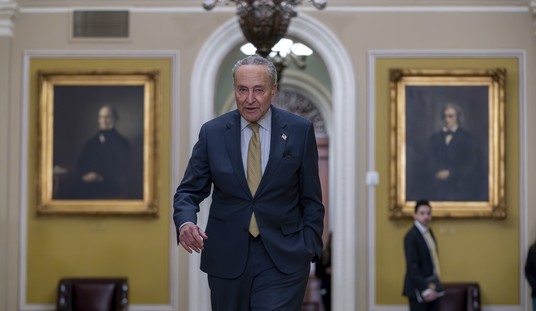Led by the SEIU’s Fight for $15 campaign, unions will take to the streets again today for what has become their annual spring protest. The SEIU spent nearly $30 million again last year propping up the campaign, bringing the total for the campaign to somewhere around $80 million. If the SEIU had created a philanthropic organization with that money it would be, dare I say, in the top 1% of non-profits in the country in annual revenue. But, it didn’t. Despite the altruistic positioning of the campaign, the SEIU leadership is investing in this campaign with an expectation to see a return on that investment. Former SEIU President Andy Stern explained it this way last week, the "SEIU needs to find a funding stream to pay for its social-justice work, says Andy Stern, who preceded Henry as SEIU president.”
Under pressure from union-backed campaigns, California cities that have increased their minimum wage mandate quietly carving out loopholes for unions to exempt themselves. The insider deal is designed to incentivize employers to not fight, and perhaps even welcome, union organizing drives. One SEIU chieftain has vocally opposed the L.A. union exemption, not because it’s bad policy but rather because it appears hypocritical. Well, yeah, it’s hard to argue against that. It’s the height of hypocrisy, and it cuts through the rhetorical and nakedly exposes the true end goal of these efforts, new dues-paying members.
Even if the SEIU or other unions can’t secure a loophole, a $15 minimum wage provides a boost to unions. Some collective bargaining agreements automatically bump up, but overall the return on investment for organizing drives increases - organizing a $15 an hour employee versus a $10 an hour employee is a 50% increase on membership dues.
With unionization rates at an all time low, labor leaders are also refusing to leave other options off the table. Even with the NLRB making it easier and easier to win union elections, the AFL-CIO has toyed with “worker center partnerships” where non-profit allies ally with the union and pay membership dues. In essence, unions would use the worker center and non-profits groups that are currently funding to organize protests and convert them into dues paying members. SEIU President Mary Kay Henry hinted at this approach in a Bloomberg News report, "SEIU leaders also believe pressure on fast-food corporations will eventually yield a deal that covers millions of workers, improves their lives, and includes a funding mechanism for the campaign to continue—even if the result doesn’t look like a traditional union. 'We bargain in the way we know how,” Henry says. “We’re also taking risks in building a movement that’s going to birth the next form of worker power.'"
Recommended
Whether that “funding mechanism” is traditional contract unionism or some sort of worker center partnership, the public should understand that the SEIU’s end goal is to represent these workers, despite the cleverly framed narrative over the past few years. A union exemption, many believe, is a shorter path to their end goal, and it concisely lays bear what this “movement” is really all about.

























Join the conversation as a VIP Member